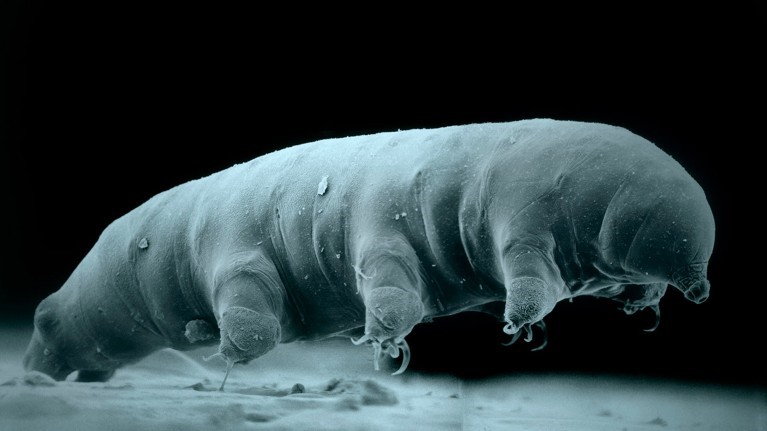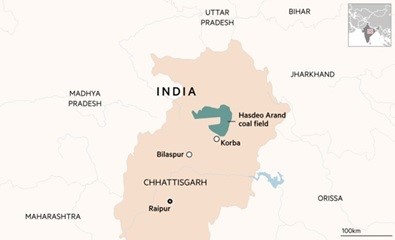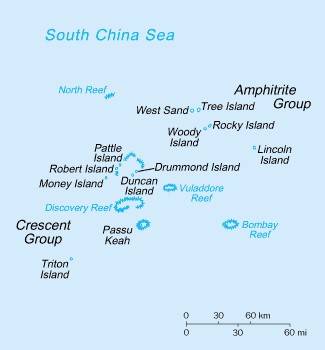A team of researchers has recently identified that the genetic mechanisms help a newly discovered species of tardigrades (Hypsibius henanensis) withstand high levels of radiation.

|
Tardigrades |
|
References
The wildlife wing of the Pune forest department has recently proposed an umbrella conservation project.
Reference
Hindustan Times | Umbrella conservation project
The Union Minister of Fisheries, Animal Husbandry and Dairying recently launched the 21st Livestock Census in New Delhi.
Livestock Census, 2024
GVA refers to the total output of a sector minus the cost of intermediate consumption.
Reference
Indian Express | Livestock census
The Hasdeo forest in Chhattisgarh saw villagers clash with the police recently, after tree-felling for mining of coal resumed in the green belt.

Reference
Indian Express | Hasdeo Arand Mining Issue
Recent satellite imagery reveals a significant military buildup on Triton Island, the closest landmass in the disputed Paracels archipelago to Vietnam.

Reference